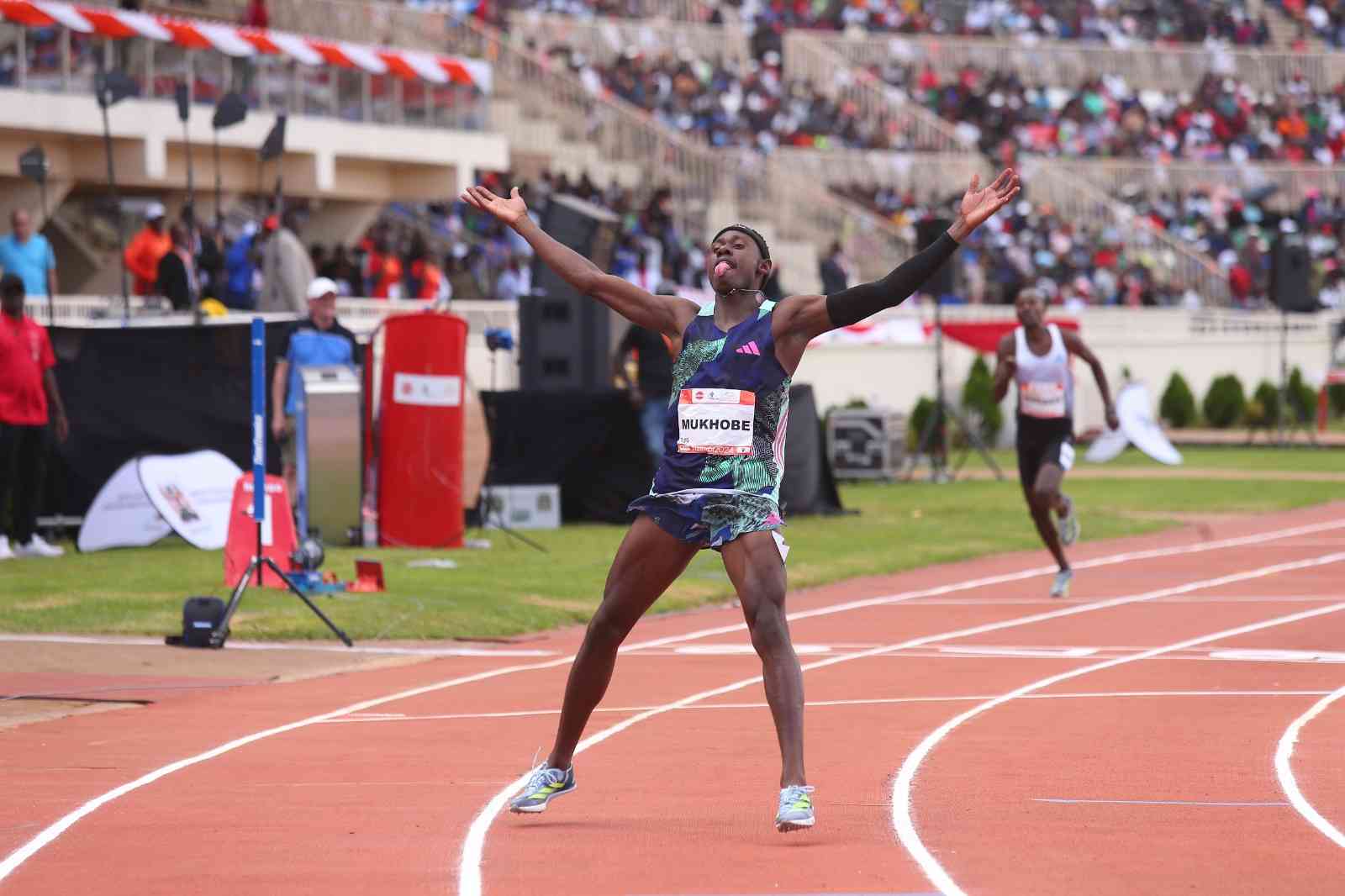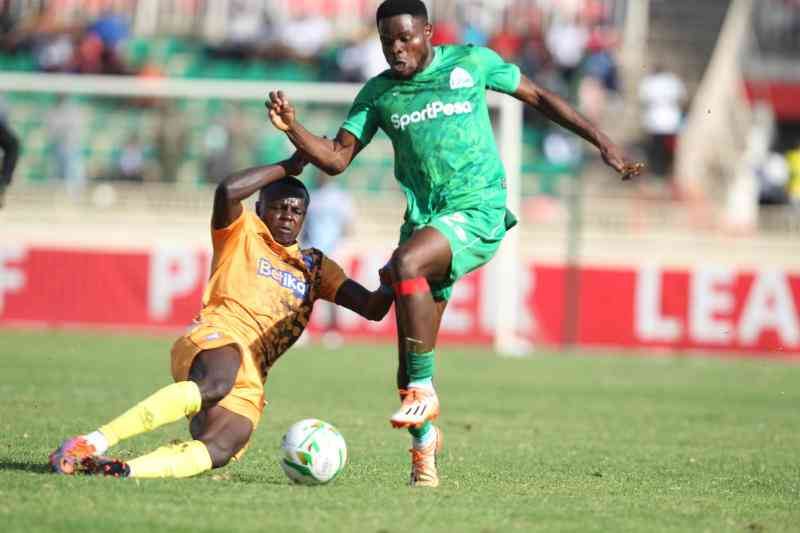Golf is a difficult game at the best of times, excepting, of course, that one day in a blue moon when nothing will go wrong; you hit a tree and the ball is deflected to the green and ends up at the lip, for the easiest of birdies!
Many, in the golfing fraternity, have not had that day but they are still waiting! And that does not take any toll on the level of enjoyment all lovers of the game carry in their veins.
There are many ordinary golfers who will easily identify with a situation where the ball flies off into some huge tree and, for some reason, gets caught between some twigs, small twigs, and stays there.
Professional golfers on Tour are not spared from this ignominy, either. But we shall return to that in a moment.
What options does a golfer have when a ball gets stuck up in a tree? There are three options available.
The first option is to declare the ball lost and proceed under Golf Rule 27-1a. This Rule stipulates that “at any time, a player may, under penalty of one stroke, play a ball as nearly as possible at the spot from which the original ball was last played, that is to say, proceed under penalty of stroke and distance.
Except as otherwise provided in the Rules, if a player makes a stroke at a ball from the spot at which the original ball was played, he is deemed to have proceeded under penalty of stroke and distance”.
The detailed requirements for the execution of this procedure are laid down and elaborated in Golf Rule 20-5.
The second option is to drop a ball within two club lengths of the position of the ball. Since the ball is up in the tree, that position would be the point directly under where the ball is stuck. But in order to proceed under this Rule, the player must positively identify the ball as his.
And that might mean trying to shake it loose from the tree, or even climbing the tree simply to retrieve and identify the ball. It is imperative therefore that before exercising either of these two modes of action, that the player declares his intention to treat the ball as unplayable.
This is reasonable caution for if you shake the tree and the ball falls before you have declared it unplayable, you would be obligated to replace it, back into the tree, under Rule 18-2a, or suffer the applicable penalty.
Taking the option accorded by Golf Rule 28a, and as reinforced by Decision 20-3a/3, would relieve the player of having to replace the ball, back up into the tree!
We have previously, in these discussions, referred to the absolute necessity of putting a personal identification mark on the player’s ball.
This is one of the situations where such a mark comes to the rescue. In the absence of such a mark the ball will be deemed lost and the player must then proceed under the lost ball rule.
The third option is to play the ball as it lies. That might sound outlandish but it has been done before, and I am sure it will be done again in the future.
During the 2013 Arnold Palmer Invitational, a premier event on the PGA Tour, Sergio Garcia climbed a tree and played an impressive one handed shot.
In the final round of that tournament, his ball got caught between two large branches and he did a splendid climbing and shot making display.
But the level of fitness and agility required for such maneuvers does not fit the description of the average weekend golfer!
Further, if the ball is stuck in the tree trunk rather than resting between branches, the option of playing the ball as it lies, even if the player could climb the tree, might not be a practical choice.
Practical is the key word in that statement.
 The Standard Group Plc is a multi-media organization with investments in media
platforms spanning newspaper print operations, television, radio broadcasting,
digital and online services. The Standard Group is recognized as a leading
multi-media house in Kenya with a key influence in matters of national and
international interest.
The Standard Group Plc is a multi-media organization with investments in media
platforms spanning newspaper print operations, television, radio broadcasting,
digital and online services. The Standard Group is recognized as a leading
multi-media house in Kenya with a key influence in matters of national and
international interest.
 The Standard Group Plc is a multi-media organization with investments in media
platforms spanning newspaper print operations, television, radio broadcasting,
digital and online services. The Standard Group is recognized as a leading
multi-media house in Kenya with a key influence in matters of national and
international interest.
The Standard Group Plc is a multi-media organization with investments in media
platforms spanning newspaper print operations, television, radio broadcasting,
digital and online services. The Standard Group is recognized as a leading
multi-media house in Kenya with a key influence in matters of national and
international interest.






